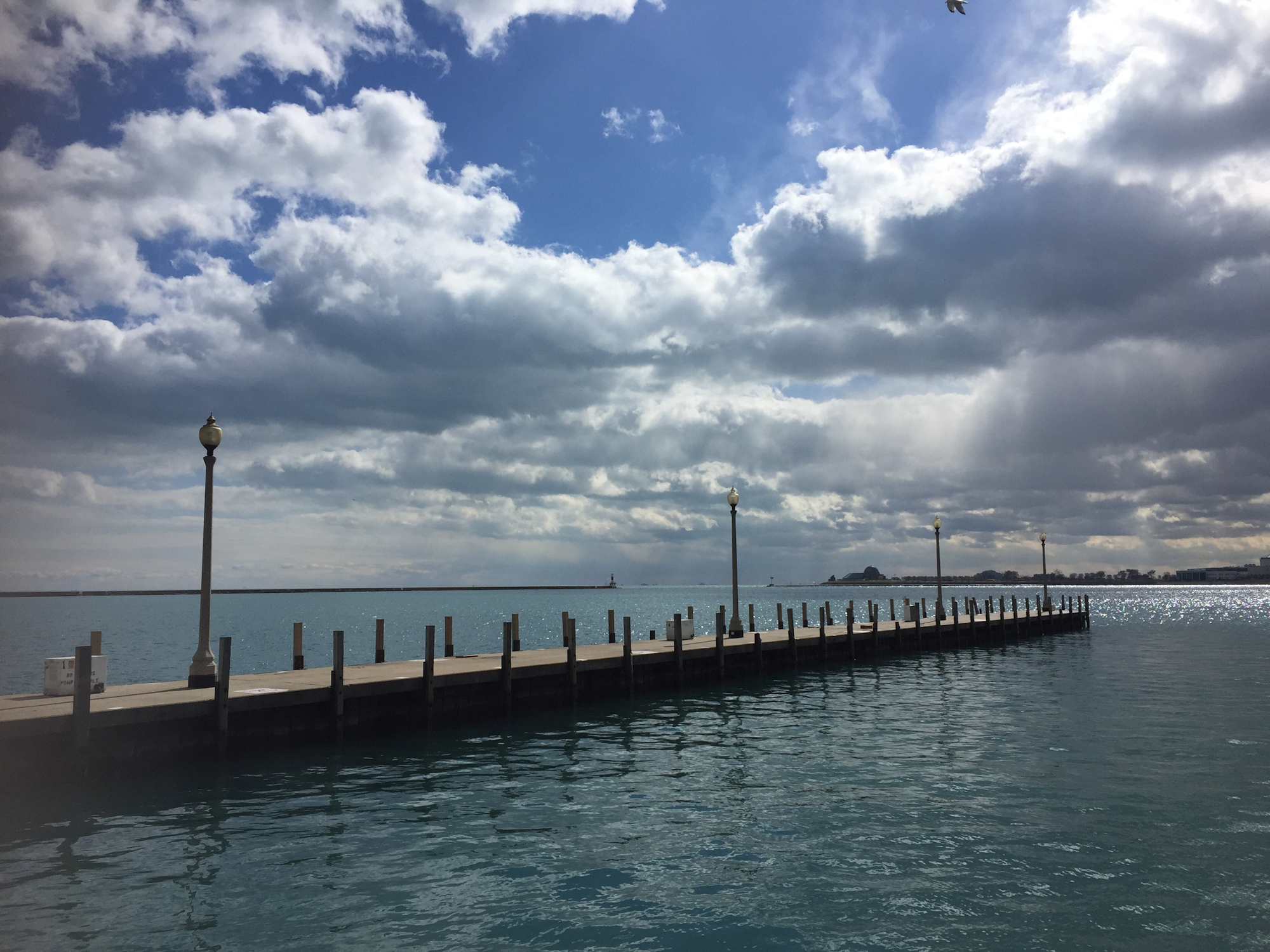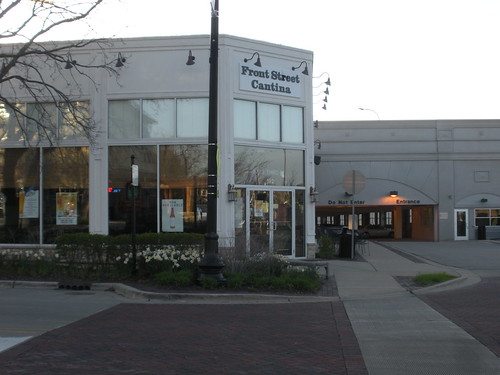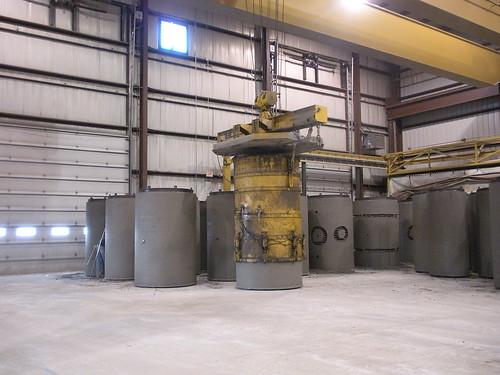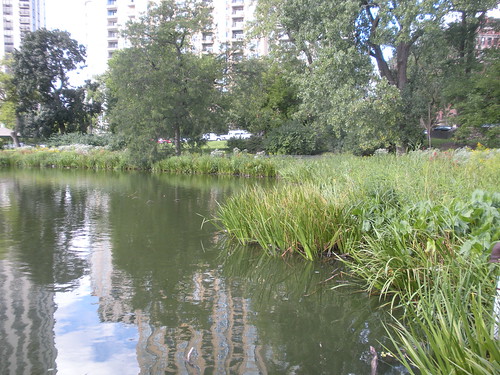Below is a report of the 2nd Day of the National APWA Conference:
General Session: Becoming a Community Builder – Leadership in Changing Times

Day two of the 2011 APWA conference started with a general session, Becoming a Community Builder – Leadership in Changing Times, with keynote speaker, Ian Hill. He began by sharing his background and how he came to be involved in helping the public works profession develop leadership. Hill admitted he used to be a typical person who thought culverts, roads, and stuff like that just happen. But since getting involved in our profession he has managed to interview and spend time with thousands of people in public works. And after hearing his talk, I believe he has managed to find the pulse and heart of our community. When he described how we work so hard with such commitment, belief in our mission and communities, and dedication to our jobs, then one day get smacked down "into the cement" at a public meeting or stabbed in the back by others in our workplace, I thought "how can he know exactly what happened to me!?" But I quickly realized everyone else in the room was relating to this too. Yet, the inspiring part of our profession is that we all managed to get back up, and here we are again focused on figuring out how to improve ourselves and what we do so we can go back home and continue to make our communities even better.
This is one of the reasons I believe it is so important to maintain a membership in an organization like APWA and spend time with each other. Yes, the organization offers great information to use at our jobs and share with co-workers. But when you work in a profession that is constantly under scrutiny and bears so much criticism, most times completely unwarranted, you need to have opportunities to reach out to others who can relate and share your experiences. This networking also helps us figure out how to motivate others in our field who are also "battered and bruised" by the constant bashing of public employees. Because as Hill pointed out, that is one of the challenges of our jobs. How do you lead people who work hard everyday but continually hear from the press the message that they are bad, lazy, worthless public employees who don't deserve the salary or benefits they've earned? How do you walk in each day and ask them to give it their all? Hill said "we need to ask ourselves what is the leadership approach required for the environment today?"
Right of Way Permitting – City of Hamilton, Canada
The next session I attended was about right of way permitting. Although we don't issue a lot of right of way permits each year – probably under 100 – it would still be nice to have a system other than a spreadsheet to track them. So I went to the session to learn more about ROW permitting systems. The presentation was given by Gordon McGuire who works for the city of Hamilton, a city in Canada of approximately 500,000 people. McGuire discussed their system which is built on a combination of Oracle Go360, Bentley Map, and PRISM. In his community, the city handles all restoration and bills the utility. Some of the interesting points for me were that Canada has realized that utility installations cost tax payers money. This is because many times we have to change our plans or pay the contractor more money to deal with non-city utilities.
Bus Rapid Transit
Our county has been studying the implementation of a BRT route along one of the major corridors through our city. So, in the afternoon, I attended a talk about Bus Rapid Transit. The talk was given by Sharon Humphreys, senior project engineer with Bureau Veritas. She primarily talked about the BRT route that was created in San Diego. This project was financed through a ½ cent gas tax. The BRT is administered by the San Diego association of governments. However, MTS will eventually own, operate, and maintain the system.
The buses serving their BRT were designed for swift passenger loading with multiple streams. The vehicles are 35 feet in length and have enhanced wheelchair access. They run on a gasoline-hybrid propulsion system and are equipped with an AVL unit with GPS.
Signals along the route are set up to allow for queue jump lanes so the busses run in separate lanes. If the bus is running behind schedule, this allows for the bus to get an early green ahead of the other traffic. But the early green is not given if the bus is on time.
In their experience the BRT has been very successful. She suggested it was important to plan for BRT in areas of high congestion, large number of riders, and expensive parking facilities. But a key aspect of their system that probably ensures its success is that it runs through and serves the University of California with three of its 17 stops on campus property. So I imagine there was a high potential for student ridership that other communities might not have.
International Stormwater BMP Database
Stormwater always seems to be a hot topic in public works. So another session I attended was about the International BMP Database. The main presenter was Jane Clary from Wright Water Engineers. She explained the history of the database – it was initially funded by the USEPA via the Urban Water Resources Research Council of ASCE. But now, it is supported by a broad coalition led by WERF. The project’s central focus is to “gather technical design and performance information to improve BMP selection and design.”
The database is set up so that anyone analyzing performance of BMPs can submit data to the site. It currently has data representing a total of 470 BMPs. Clary went through a couple examples of how to search for a BMP and access the related data. Much of the information seemed to be presented in “box plots.” These graphs indicate the probability of success for that BMP. The data related to each BMP can be downloaded for later analysis.






